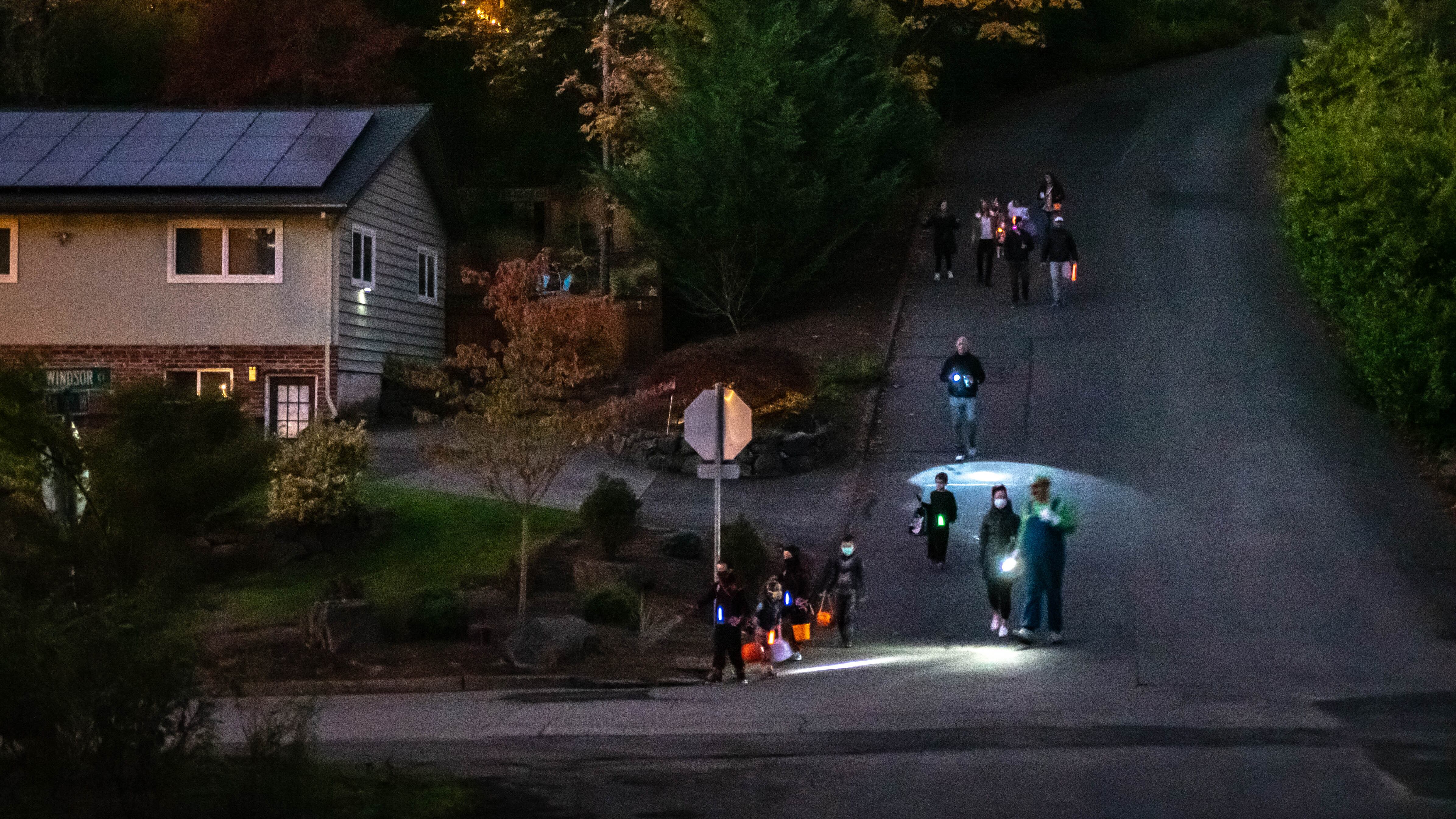Oregon's response to the pandemic during Halloween was already under fire after an Oregon Health Authority doctor dressed as a clown and read out the latest grim statistics, including deaths due to COVID-19.
But the reason the doctor from OHA was in a clown suit? It was to offer alternatives to how to celebrate Halloween—without trick-or-treating.
"We know many of you have been wondering about trick-or-treating or 'trunk-or-treating,' and have wondered why we don't recommend it even though it's an outdoor activity," said the clown, aka OHA public health physician Dr. Claire Poche. "Although outdoor activities are generally less risky than indoor activities, trick-or-treating is high risk, because kids tend to get excited, which can lead to crowding people who aren't members of their household."
Gov. Kate Brown echoed that message in her social media posts: "This year the [U.S. Centers for Disease Control and Prevention] says families shouldn't go trick-or-treating because of COVID-19."
But Oregon Health Authority director Pat Allen didn't follow the warnings of the governor or his own agency.
Instead, he posted on Facebook a photo of a table filled with goodies for passing trick-or-treaters. "Ready for a physically distant Halloween at our house!" Allen wrote.

Oregon Health Authority spokesman Robb Cowie defended the director's decision to welcome trick-or-treaters.
Allen "made Halloween candy available to neighborhood children from a table at the end of his driveway," Cowie tells WW. "The candy was sealed in individually wrapped packages. The Health Authority appreciates the efforts of everyone who found ways to make Halloween fun for kids while keeping them safer from COVID-19."
That was not among the approaches that OHA had recommended before the holiday, though it did recommend festive decorations and touring neighborhoods to see those decorations. (Allen's social media feed showed he did that, too.)
In fact, the informational video from OHA advised against handing out candy via chutes, or even giving out individually wrapped candy. The point wasn't the candy—it was an effort to prevent people from crowding around to receive the candy.
"Wouldn't it be safer to individually wrap bags of candy?" is one question the video answered.
"What we're worried about with trick-or-treating is not really the handing out of candy so much as the crowding around the candy, be it at a neighbor's house or even around their garage," said Dr. Shimi Sharief, an OHA senior health adviser, in the video.
Cowie ultimately cited CDC guidance previously not publicly shared by OHA or the state to "avoid direct contact with trick-or-treaters"; "give out treats outdoors, if possible"; "set up a station with individually bagged treats for kids to take."
"Director Allen's household fully followed those recommendations," says Cowie.
The governor's office did not respond to requests for comment.

